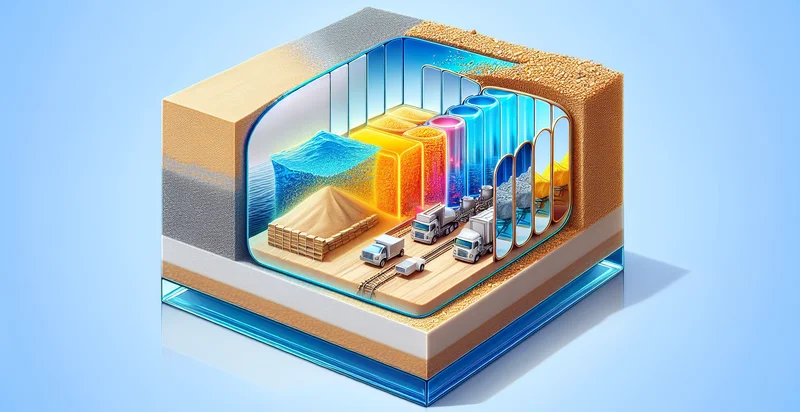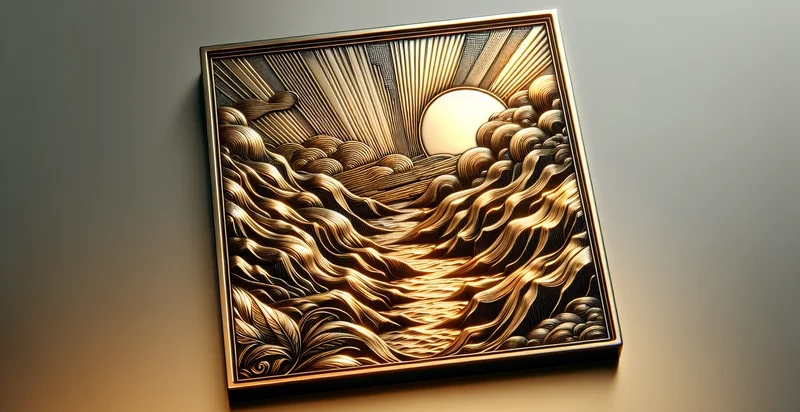Identify what material a flag is made from
using AI
Below is a free classifier to identify what material a flag is made from. Just upload your image, and our AI will predict what material a flag is made from - in just seconds.

Contact us for API access
Or, use Nyckel to build highly-accurate custom classifiers in just minutes. No PhD required.
Get started
import nyckel
credentials = nyckel.Credentials("YOUR_CLIENT_ID", "YOUR_CLIENT_SECRET")
nyckel.invoke("what-material-a-flag-is-made-from", "your_image_url", credentials)
fetch('https://www.nyckel.com/v1/functions/what-material-a-flag-is-made-from/invoke', {
method: 'POST',
headers: {
'Authorization': 'Bearer ' + 'YOUR_BEARER_TOKEN',
'Content-Type': 'application/json',
},
body: JSON.stringify(
{"data": "your_image_url"}
)
})
.then(response => response.json())
.then(data => console.log(data));
curl -X POST \
-H "Content-Type: application/json" \
-H "Authorization: Bearer YOUR_BEARER_TOKEN" \
-d '{"data": "your_image_url"}' \
https://www.nyckel.com/v1/functions/what-material-a-flag-is-made-from/invoke
How this classifier works
To start, upload your image. Our AI tool will then predict what material a flag is made from.
This pretrained image model uses a Nyckel-created dataset and has 23 labels, including Acrylic, Bamboo Fiber, Canvas, Cotton, Cotton Blend, Denim, Felt, Grosgrain, Linen and Microfiber.
We'll also show a confidence score (the higher the number, the more confident the AI model is around what material a flag is made from).
Whether you're just curious or building what material a flag is made from detection into your application, we hope our classifier proves helpful.
Related Classifiers
Need to identify what material a flag is made from at scale?
Get API or Zapier access to this classifier for free. It's perfect for:
- Manufacturing Quality Control: In textile manufacturing, this function can be used to identify the material of flags produced on the assembly line. By ensuring that only specified materials are used, manufacturers can maintain quality standards and minimize defects.
- Historical Preservation: Museums and collectors can utilize this function to accurately identify the materials of historical flags. This information is crucial for preservation techniques and determining the appropriate methods for restoration.
- E-Commerce Verification: Online marketplaces can implement this function to verify the material descriptions provided by sellers. This helps in building trust with customers and reducing false advertising, enhancing the overall shopping experience.
- Compliance and Regulation: Governments and regulatory bodies can use this function to enforce compliance with standards for flag materials in public display. This ensures that flags made from synthetic or harmful materials are not used in government or public environments.
- Environmental Impact Assessment: NGOs focused on environmental conservation can leverage this function to assess the environmental impact of different flag materials. By identifying non-biodegradable materials, they can promote sustainable alternatives within communities and organizations.
- Military Specification Compliance: Military organizations can use this function to verify that flags meet specific material specifications. This ensures durability and adherence to standards required for flags used in various military operations.
- Cultural Heritage Studies: Researchers studying cultural heritage can apply this function to analyze traditional flag-making techniques and materials. This insight aids in understanding cultural significance and the evolution of national symbols over time.


